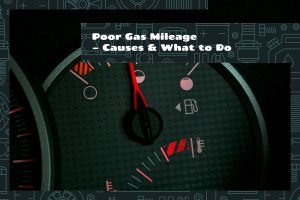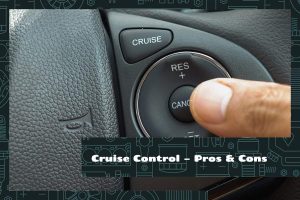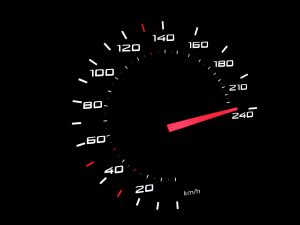The last thing any motorist wants is for their vehicle to suddenly lose power in the middle of the road. This phenomenon, often characterized by the vehicle’s inability to maintain speed, sudden slowing, or unresponsiveness to acceleration, can be unsettling and hazardous. It could happen unexpectedly and is typically indicative of underlying issues that require immediate attention.
Your car loses power while driving due to various reasons, including:
- Fuel supply issues
- Air intake problems
- Transmission troubles
- Exhaust system blockages
- Electronic and sensor failures
In this article, we will learn about these problems, explore the common symptoms, and how you might be able to fix these issues.
How a Car’s Power System Works
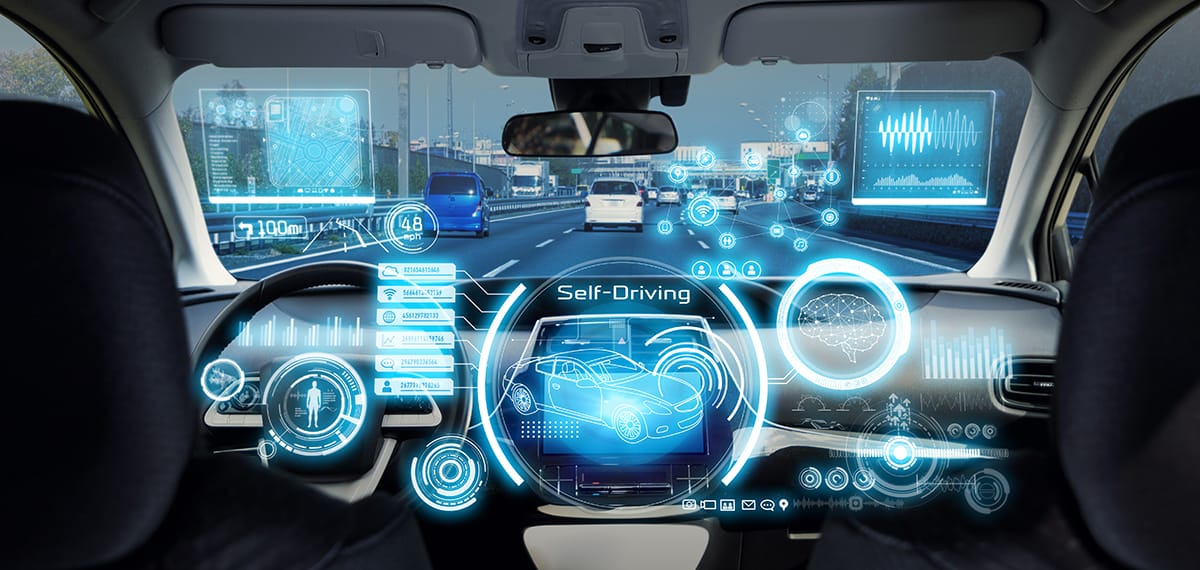
The power system primarily comprises the engine, transmission, drivetrain, and electrical system.
- Engine: The engine is essentially the heart of your vehicle. It burns fuel-air mixtures in its cylinders and transforms this energy into mechanical force. This is primarily achieved through internal combustion, where the engine converts the energy released from burning fuel and air into rotational force, which turns the engine’s crankshaft.
- Transmission: This mechanical force, or torque, is then transferred to the transmission. The transmission is like a multi-speed bicycle: it changes the gear ratio between the engine and wheels, ensuring the engine operates at an efficient speed whether you’re accelerating, cruising, or climbing steep hills.
- Drivetrain: The drivetrain transmits power from the transmission to the wheels. Different types of drivetrains include front-wheel drive (FWD), rear-wheel drive (RWD), all-wheel drive (AWD), and four-wheel drive (4WD).
- Electrical System: The car’s electrical system includes the battery, alternator, and starter. The battery supplies electrical energy to the starter to start the engine. The alternator then produces electricity to power all electronic components, including lights, radio, and air conditioning, and to recharge the battery.
Common Symptoms of a Car Losing Power
These symptoms can manifest in various forms, each pointing to potential trouble within your vehicle’s power system.
1. Difficulty Accelerating
You might press the gas pedal and find the vehicle doesn’t pick up speed as it usually does, or it might take noticeably longer to reach a particular speed. This issue could point to a range of problems, including a clogged fuel line, failing spark plugs, a malfunctioning mass airflow sensor, or a slipping transmission.
2. Frequent Stalling
If your car stalls frequently, particularly during acceleration, this could indicate that it’s not getting the power it needs. Stalling can happen due to fuel delivery problems, electrical issues, or problems with the ignition system.
3. Inconsistent Engine Performance
The vehicle might run smoothly one moment and suddenly start jerking or surging the next. The engine might also misfire, which happens when the engine’s air-fuel mixture doesn’t ignite correctly in one or more cylinders. This can cause power loss and irregular engine performance.
4. Increased Fuel Consumption
Higher fuel consumption can result from the engine overworking due to underlying problems, such as worn-out spark plugs, a malfunctioning oxygen sensor, or a leaking fuel injector.
5. Unusual Noises
Cars communicate their condition through sounds. If you hear unusual noises—like rattling, knocking, or hissing—coming from the engine, it could indicate that your vehicle is losing power. These sounds might indicate issues such as a loose or cracked component, a clogged catalytic converter, or engine detonation.
6. Warning Lights on Dashboard
If your vehicle loses power, you might see the check engine light, the oil pressure light, or the battery light turn on, among others. Each light corresponds to a specific system in the vehicle, and their illumination suggests a malfunction in the respective system.
Top Reasons Why Cars Lose Power While Driving
You should first know why your car loses power in order to determine the best course of action for repair. Here are some common reasons that could explain the issue:
1. Fuel Delivery Issues
The components responsible for ensuring the right amount of fuel reaches the engine include the fuel pump, fuel injectors, and fuel filter. If any of these parts fail or become clogged, the engine won’t receive the necessary fuel, resulting in a loss of power.
2. Air Intake Problems
Your engine needs a balanced mix of fuel and air to function optimally. Issues with the components responsible for air intake, like the air filter or the mass airflow sensor, can disrupt this balance. A clogged air filter can restrict airflow, while a faulty mass airflow sensor can misread the amount of air entering the engine, leading to power loss.
3. Transmission Troubles
If the transmission can’t efficiently transfer power from the engine to the drivetrain, you might experience a delay in acceleration, noticeable gear slippage, or even total power loss. Common issues include low transmission fluid, a faulty transmission control module, or worn-out gears.
4. Exhaust System Blockages
A blockage in the exhaust system, particularly the catalytic converter, can reduce engine power. The catalytic converter’s job is to convert harmful gasses into less harmful substances. If it gets clogged, it can restrict the outflow of exhaust gasses, putting back pressure on the engine and leading to power loss.
5. Electronic and Sensor Failures
Modern vehicles heavily rely on electronics and sensors to monitor and control various operations. Failures in components like the Engine Control Unit (ECU), oxygen sensors, or throttle position sensor can send incorrect signals, causing the engine to operate inefficiently and lose power.
6. Ignition System Defects
The ignition system, which includes spark plugs and ignition coils, is responsible for igniting the fuel-air mixture in the engine. Faulty spark plugs or failing ignition coils can cause misfires, reducing the engine’s power output and causing the car to lose power.
How to Fix a Car That Loses Power While Driving
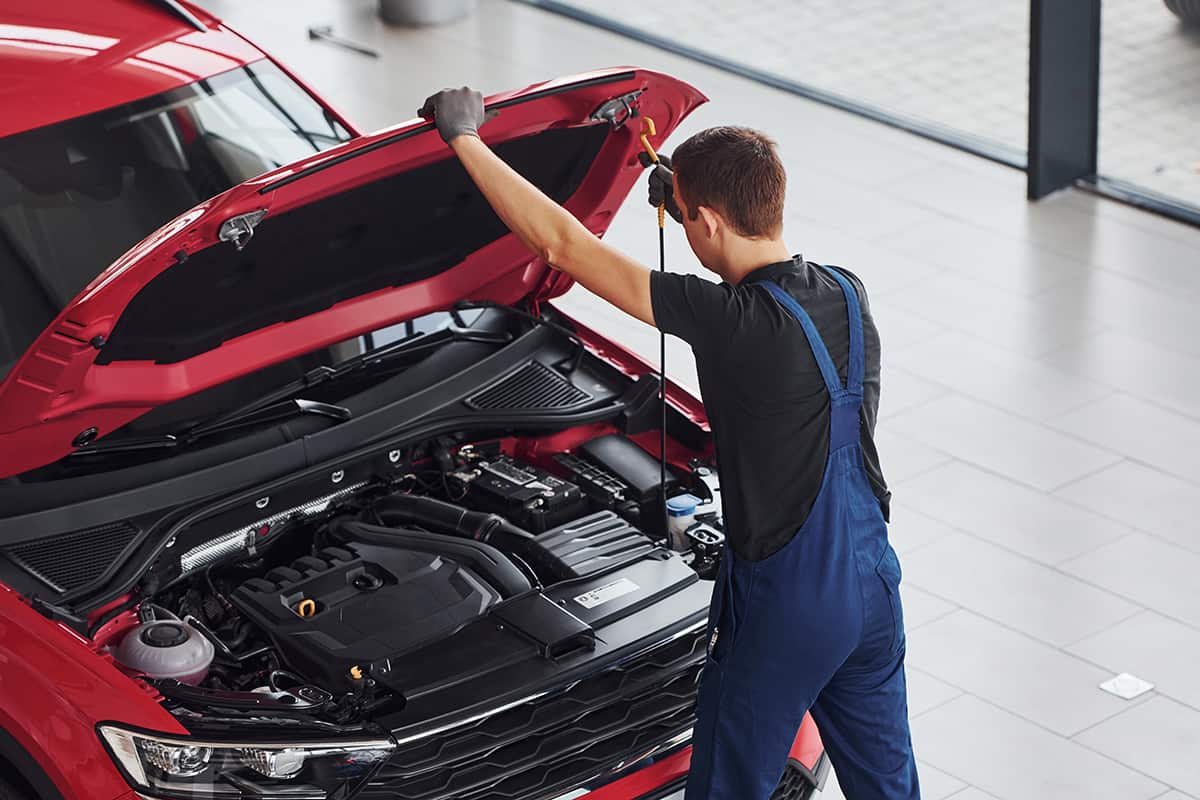
Finding the right solution for a car losing power begins with identifying the underlying problem. Here are some solutions based on the possible causes we discussed earlier:
Addressing Fuel Delivery Issues
- Fuel Pump: If the fuel pump is defective or failing, replacing it may be necessary. You can also improve its lifespan with good practices, such as avoiding driving on low fuel, which can overheat and damage the pump.
- Fuel Injectors: Dirty or clogged fuel injectors can be cleaned using a fuel injector cleaner added to the gas tank. However, if they’re severely clogged or damaged, replacement might be required.
- Fuel Filter: A clogged fuel filter should be replaced. This is typically done during regular vehicle maintenance.
Resolving Air Intake Problems
- Air Filter: A dirty or clogged air filter should be replaced to ensure sufficient airflow to the engine. This is an easy and inexpensive fix that you can often do yourself.
- Mass Airflow Sensor: Cleaning the sensor with a specific mass airflow sensor cleaner can sometimes resolve issues. However, a faulty sensor may need to be replaced.
Fixing Transmission Troubles
Transmission issues usually require professional diagnosis and repair. Regular maintenance, including timely fluid changes, can help prevent many transmission problems.
Clearing Exhaust System Blockages
A blocked catalytic converter often requires professional attention. In some cases, a specialized catalytic converter cleaner can help. However, severe blockages or damage may necessitate replacement.
Repairing Electronic and Sensor Failures
Faulty sensors or electronic components usually need to be replaced. However, some issues, like a loose connection, might be resolved with minor adjustments.
Correcting Ignition System Defects
Faulty spark plugs or ignition coils will need to be replaced. This task can be performed by a professional mechanic or by a knowledgeable car owner with the right tools.


